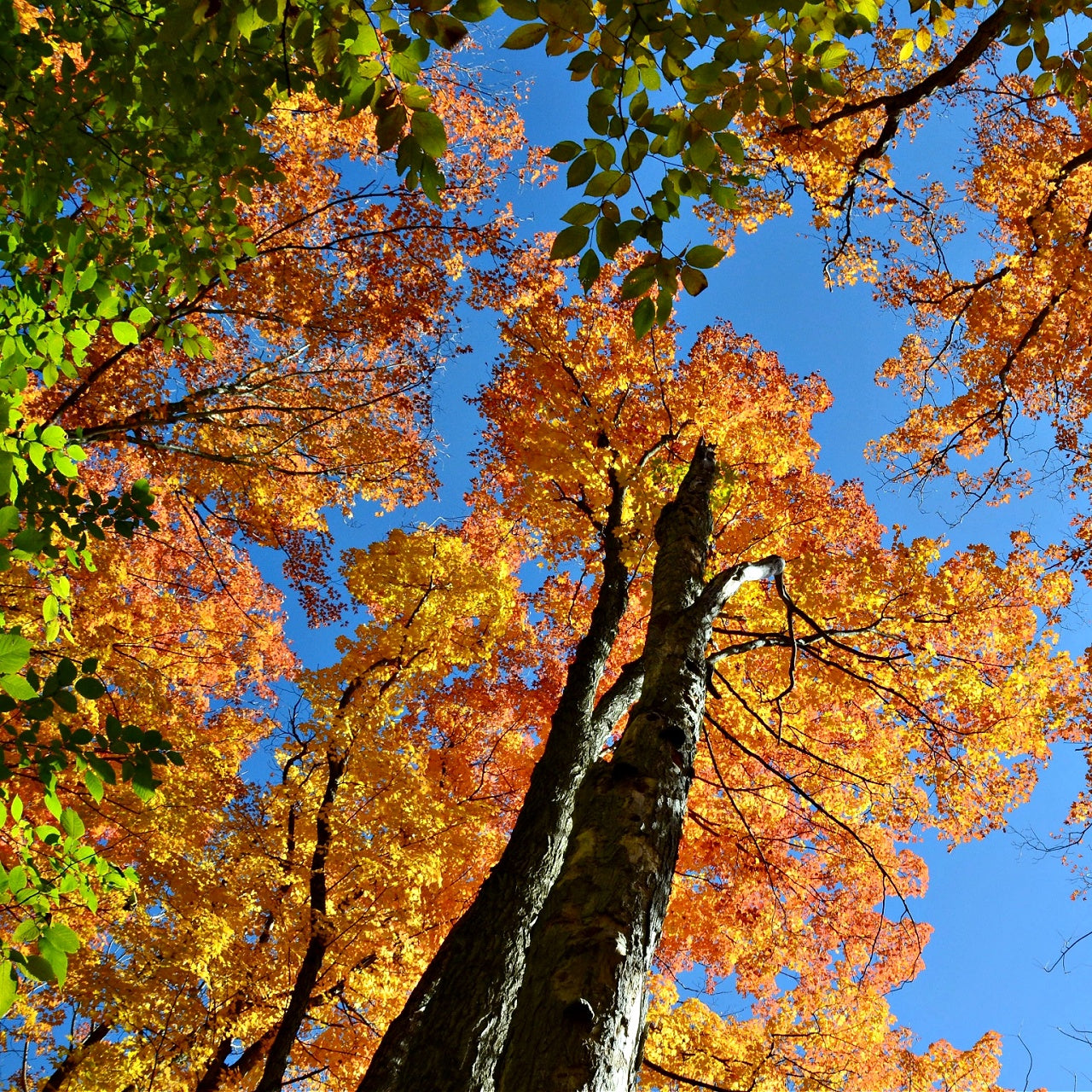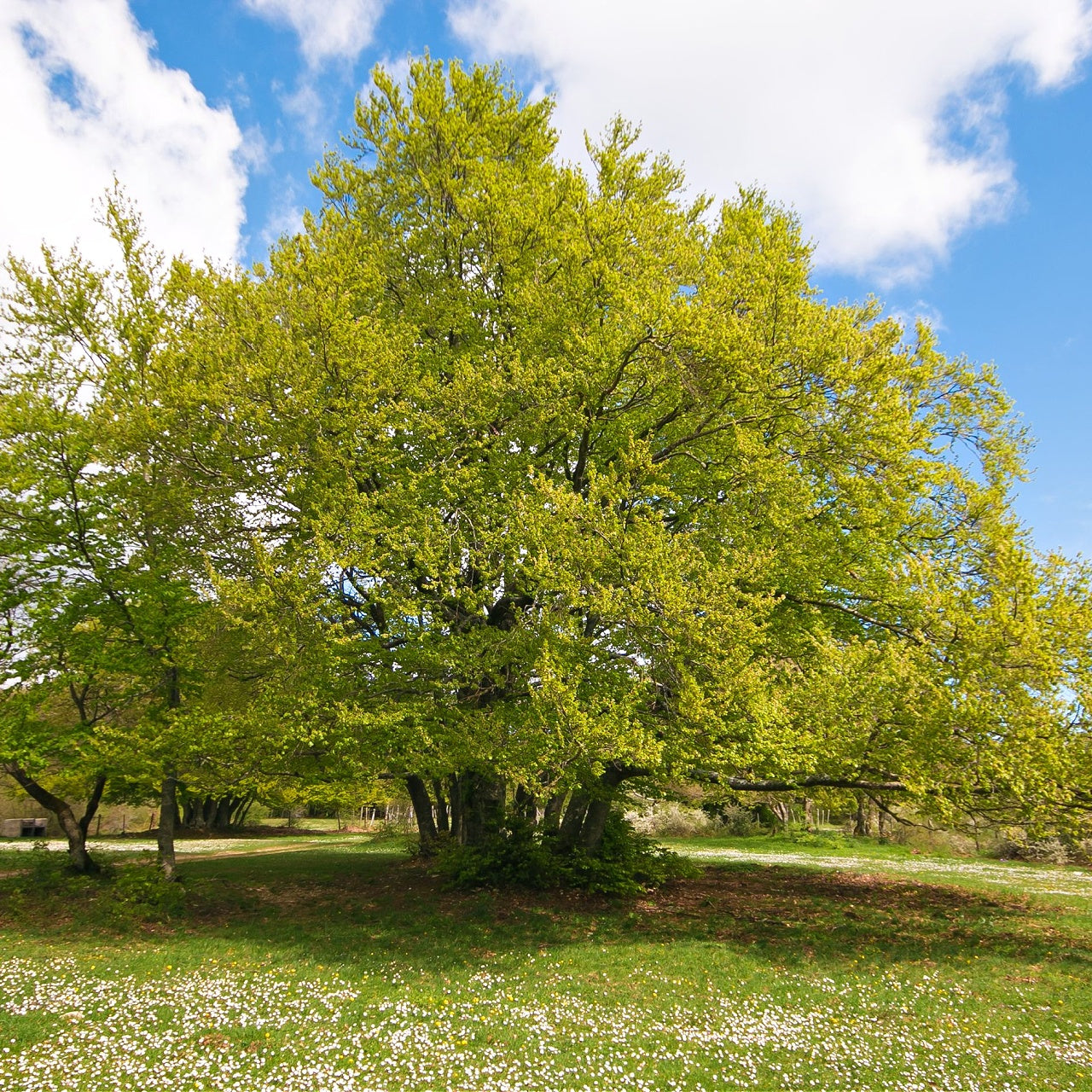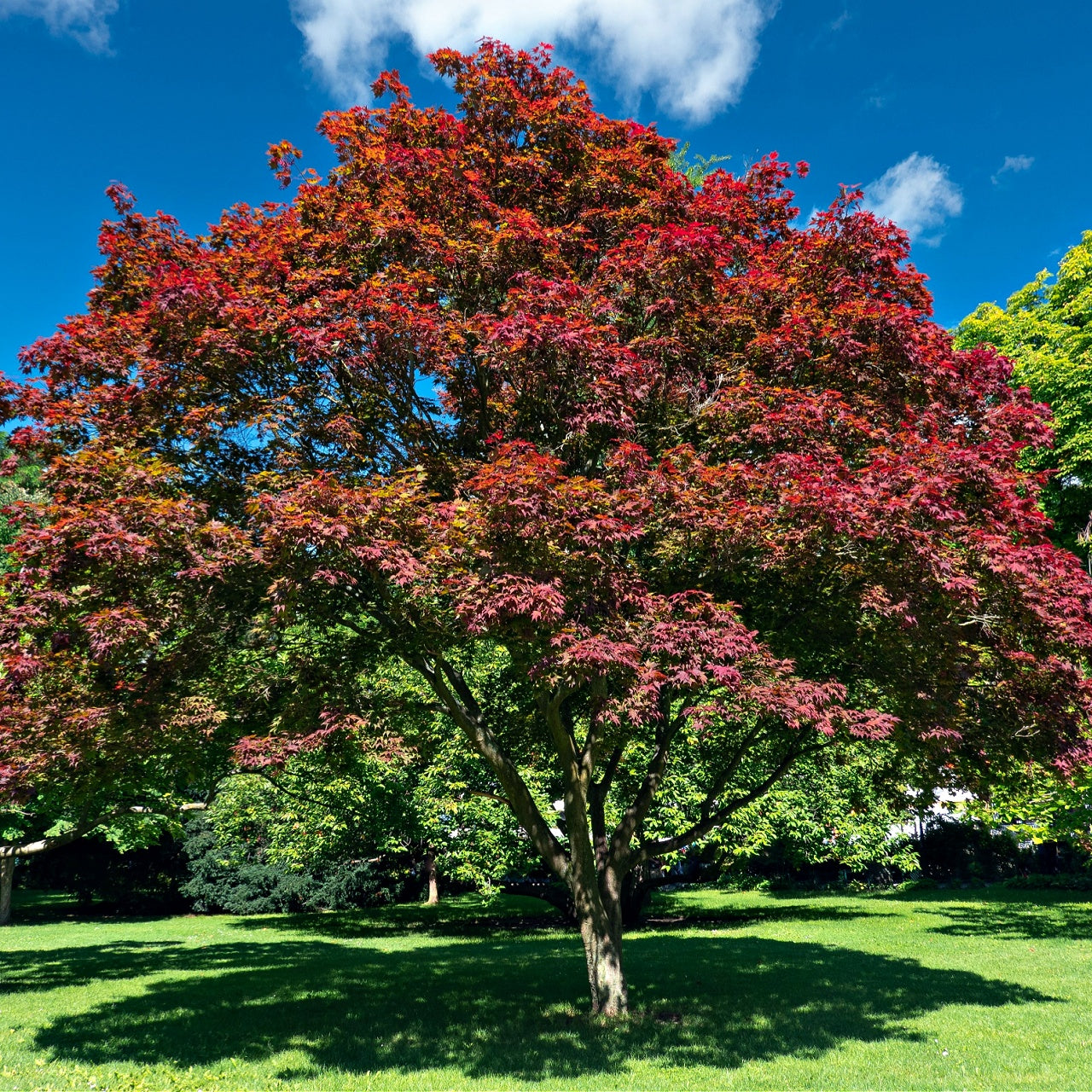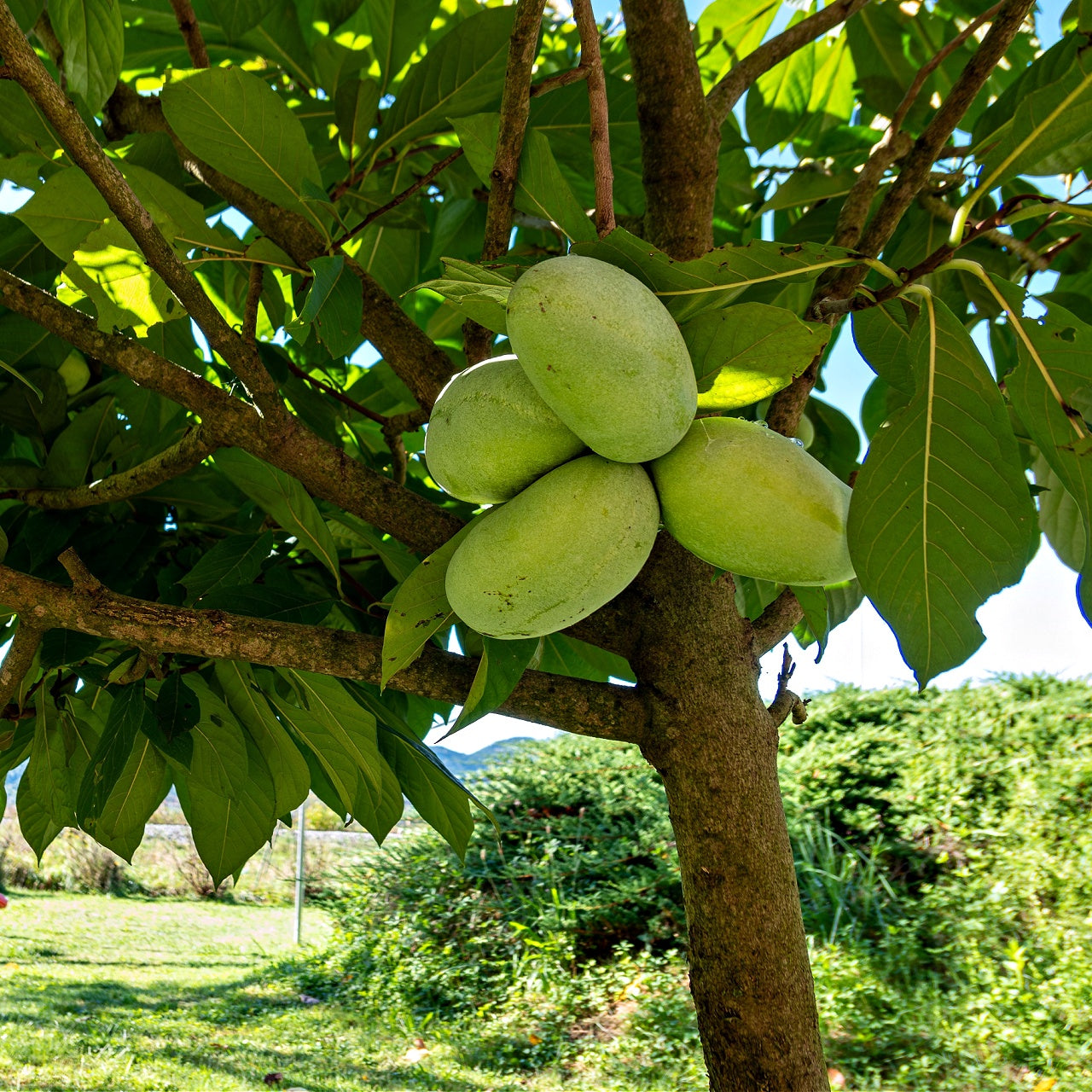
Stay Fire-Ready
Stay Fire-Ready
Firewise Landscaping: Safeguarding Your Home in a Wildfire-Prone World
Across the globe, numerous regions face heightened wildfire threats because climate changes extend fire seasons while increasing fire outbreaks. Homeowners in areas with high fire risks constantly fear that a wildfire spark could destroy their property. Homeowners cannot wholly remove fire risk but can lessen the chance of their homes being engulfed by flames through preventative measures. Firewise Landscaping represents a structured approach for homeowners to shield their property from wildfires by establishing protective barriers through intelligent plant choices and strategic structure placement while maintaining these elements regularly. Implementing Firewise Landscaping techniques with diligence allows homeowners to reduce their property's wildfire vulnerability significantly.
Firewise Landscaping represents an all-encompassing strategy combining fire-resistant plants with proper irrigation techniques and strategically placing outdoor features. Analyzing the surrounding terrain and evaluating potential fire travel routes enables homeowners to create a landscape design that impedes the advancement of wildfires. Monitoring and maintaining the spaces right next to your house and nearby structures like decks, sheds, or fences is essential because these areas can become fire hazards if they accumulate debris and flammable materials. Choosing mulch and placing decorative items near your home walls can significantly influence the speed at which a fire spreads. Firewise Landscaping delivers dual benefits by beautifying and protecting your property from rapid fire spread.
Understand the Principles of Firewise Landscaping
The fundamental Firewise Landscaping principle involves establishing various zones or distances around the house that require different maintenance efforts. The area closest to the home, about five feet from its perimeter, represents the most critical zone. The area closest to the house should include only materials that cannot burn and plants resistant to fire. The "lean, clean, and green" zone requires routine maintenance with sparse vegetation, accounting for its designation as such an area. Between five and thirty feet from home lies the second zone, which permits low-growing vegetation alongside ornamental lawns and pruned shrubs strategically spaced to prevent flames from spreading. The third zone merges with the surrounding natural landscape beyond thirty feet but requires selective vegetation management and removal of flammable species.
These zones prevent wildfires from spreading directly to your walls by interrupting the fuel continuity. The design of plant spacing and plant types in intermediate and inner zones can mitigate fire advancement when sparks reach vegetation in outer zones. When planning these zones, you need to consider the potential for wind to move embers and accelerate fire movement through different sections. Although homes clustered together in specific neighborhoods make zoning challenging to apply, homeowners can still make valuable decisions regarding plant selections, mulch choices, and how outdoor structures are arranged. You protect your home from severe fires by reducing fuel sources surrounding your property with each action you take.

Selecting Plants for Fire Resistance
The success of Firewise Landscaping depends on selecting appropriate plants and construction materials. Specific plant species exhibit properties that enhance their resistance to catching fire through their high moisture content and minimal sap and resin or oil levels. Succulents demonstrate fire-resistant properties by holding liquid in their leaves to impede fire movement. Deciduous trees are preferable to evergreens because their leaves contain more moisture, making them less flammable than trees with sap that burns quickly. Selecting well-watered groundcovers or controlled turf areas provides adequate fire breaks between planting spaces.
Native plants provide a resilient gardening solution as their adaptation to local conditions reduces their irrigation needs and supports their seasonal health. Healthy plants display more excellent resistance to fire than those that are stressed or lack water. Remember to leave adequate space between big shrubs and trees when picking plants for landscape design since closely packed branches create pathways for spreading fires. It is essential to control the height and density of ground-level vegetation to prevent potential fire ladders from forming. Selecting slow-burning plants and strategic placement helps minimize wind-driven embers and slows fire spread.
Maintaining a Defensible Space Year-Round
To sustain the effectiveness of Firewise landscapes, they require continuous maintenance despite their thoughtful initial design. The development of vegetation and debris build-up around your property depends on seasonal shifts and weather occurrences. Under shrubs and home corners, dry leaves, pine needles, and dead branches accumulate rapidly, forming a highly flammable fuel source. By frequently eliminating debris and pruning overgrown plants, we maintain the landscape's lean appearance and eliminate hazardous fire ladders. Regular watering during drought and within arid environments protects your plants from becoming fire hazards by maintaining their health.
Checking your roof, gutters, and vents for leaves and flammable debris remains an essential maintenance. Strong winds can propel embers over great distances, so they may land on dry leaves in gutters and ignite a roof without anyone detecting nearby fire. Choosing fire-resistant roofing materials is advisable for homeowners in wildfire-prone regions. Installing screens above vents helps keep embers from accessing crawl spaces and attics. Integrating these measures into your standard home maintenance strengthens the protective advantages of your Firewise Landscaping work.
You must review and modify your landscape strategy whenever environmental conditions shift. After winters with excessive rainfall, plant life can become denser, which becomes a fire hazard when vegetation dries during the summer heat. Maintaining awareness of new local fire regulations and community standards is smart. Several municipalities now enforce regulations requiring defensible space through mandated plant clearances and a ban on specific fire-prone vegetation. Homeowners who adhere to local fire safety standards can positively impact insurance claims and rebuilding processes after a wildfire by staying informed about these regulations and maintaining property compliance.
Firewise Landscaping represents a valuable investment that delivers lasting peace of mind. Implementing innovative design principles, deliberate plant selection, and routine maintenance can significantly lower the risk of your home being destroyed by a catastrophic fire. Fireproofing methods do not achieve complete wildfire protection, but they provide your property with increased protection through innovative applications. Although fires behave unpredictably, you can improve your home's chances of survival by breaking fuel paths and building structural resistance to withstand surrounding flames. The Firewise approach integrates safety measures with visual design to create a landscape that protects your home from wildfires without sacrificing natural beauty.
Nature’s Green Shield Against Wildfires
Fire-resistant plant species survive better in fires because specific adaptations keep them from igniting or spreading flames. No plant species achieves actual fireproof status, but plants with high moisture content, minimal leaf litter, and lower resin or oil levels show better fire resistance than other species. Fire-resistant plants are essential in defensible space strategies for wildfire-prone regions by providing additional protection to property owners and communities.
Fire-resistant plants usually possess thick succulent foliage that holds onto water for long durations. These plants maintain lower combustion risk by retaining excess moisture within their stems and leaves. Succulent groundcovers such as ice plants (Carpobrotus edulis) and prickly pear (Opuntia spp.) represent cacti that maintain high moisture levels, which help protect them from intense heat. Plants like ice plants and prickly pear contain high water levels, protecting them from extreme heat. Native shrubs and trees growing in areas with frequent fires produce minimal flammable oils and limit their accumulation of dry debris.
Fire resistance benefits from plants having reduced levels of resin. Many conifers that store dense quantities of oils or saps demonstrate higher flammability and burn faster. Deciduous trees such as maples (Acer spp.) Specific ornamental shrubs typically possess reduced resin concentrations. These plants lose their foliage during fall and maintain less accumulation of dry plant debris through regular upkeep. The accumulation of flammable materials across a landscape becomes minimized through this practice.
The growth form of fire-resistant plants stands out as a significant characteristic. Because groundcovers and herbaceous perennials grow close to the ground, they limit the height at which flames can ascend. When planted strategically alongside well-maintained taller species, these plants create "fuel breaks" in the landscape. By installing patches of native bunchgrasses or succulent groundcovers within groups of taller shrubs, we can interrupt the progression of wildfires. Creating gaps in flammable materials decelerates wildfire movement and allows firefighters to respond.
Fire-resistant plants provide multiple advantages for eco-friendly landscaping while they serve their primary purpose of wildfire prevention. Established native plants that tolerate drought and resist fire usually need less water and maintenance, which leads to more sustainable gardening approaches. These plants provide essential support for local biodiversity by offering nesting sites and nectar sources for pollinators and beneficial wildlife species such as birds and insects. California lilac (Ceanothus spp.) serves as an example of these species. The western United States hosts species like California lilac (Ceanothus spp.) that display vibrant flowers to attract pollinators and emit minimal levels of flammable oils.
Effective fire-resistant landscape design requires combining plant choices with appropriate spacing and maintenance practices, such as pruning and irrigation. Regularly eliminate dead plant material and overgrowth while preventing the accumulation of flammable debris, such as dried leaves and branches. Moist soil around fire-resistant plants enhances their protection abilities but requires careful watering to avoid excess in drought-prone areas. Using drip irrigation or targeted watering approaches enables homeowners to meet plant moisture requirements while still achieving water conservation objectives.
Using fire-resistant plants represents an optimal solution for diminishing the risk of wildfires. The combination of high moisture content, low resin levels, and specific growth patterns enables these plants to slow down or block rapid fire spread across regions. Property owners can safeguard their homes and neighborhoods while conserving resources and helping local ecosystems by choosing the right plant species, proper maintenance, and landscaping design.






